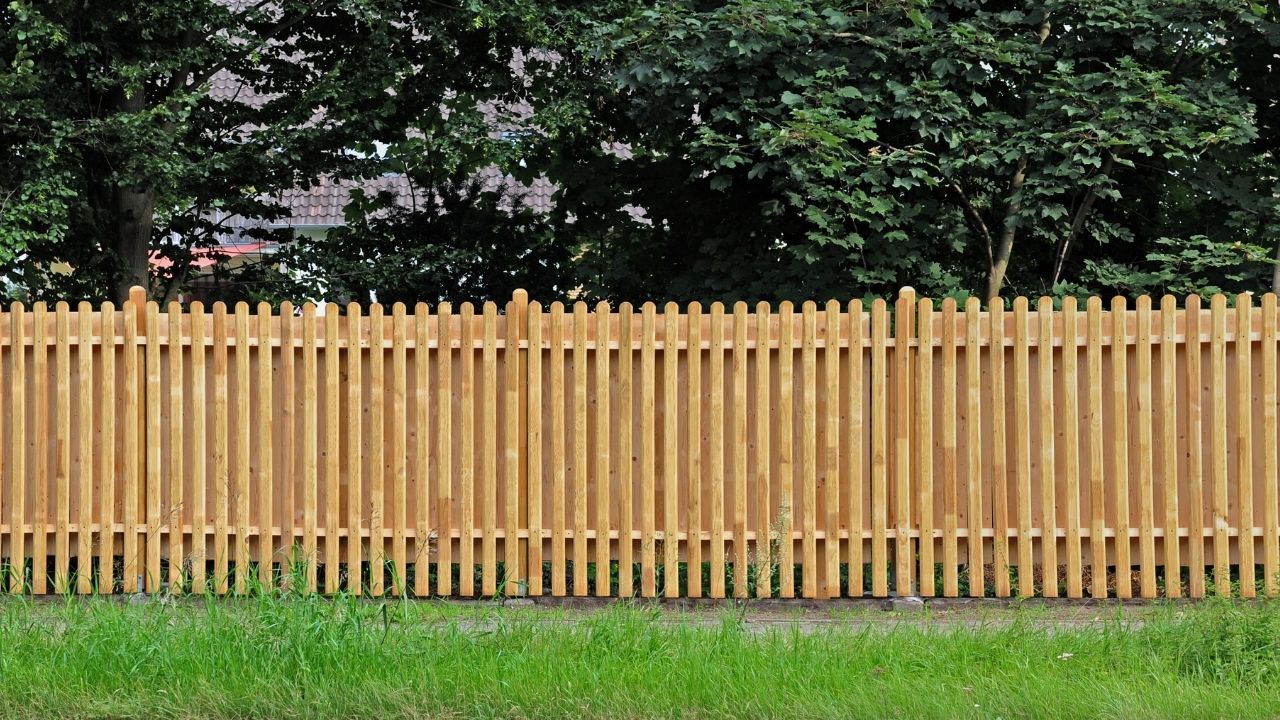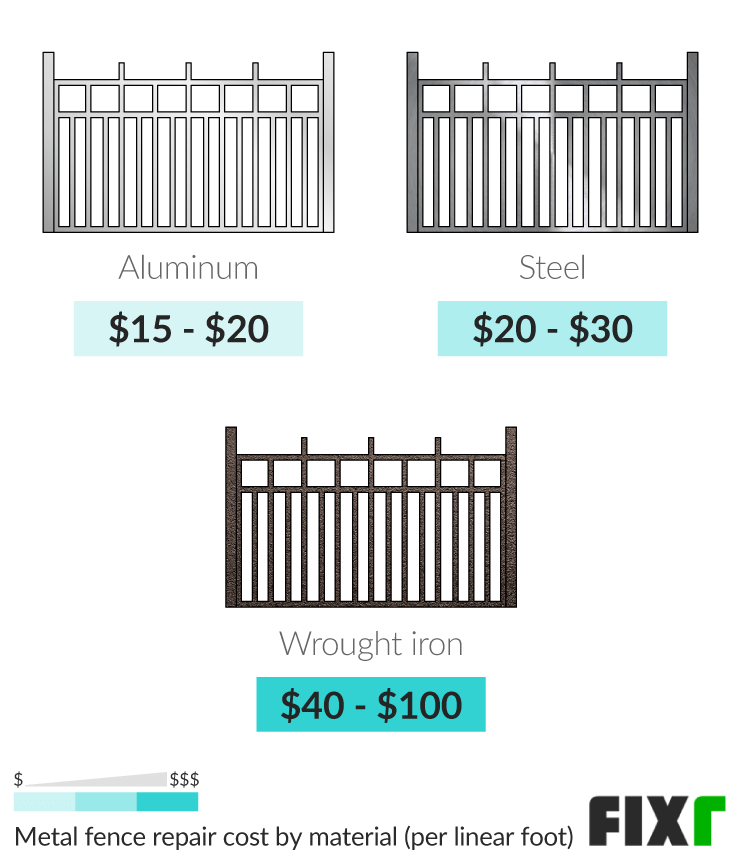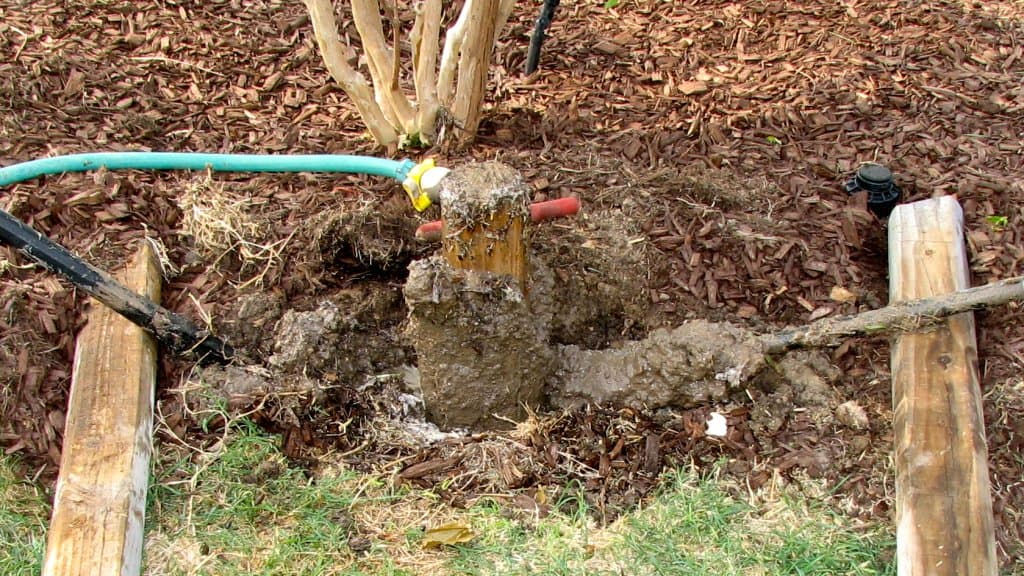
Before you list your house for sale, make sure it looks its best. While it might seem like a trivial task, a well-maintained residence will attract more potential buyers. It will also increase its resale market value. Keeping these items in mind will make the process of staging your home easier and more efficient. Here are some things that you must do before you sell your home. These must all be done before you sell your property.
Take away family photos and other personal memories from the walls. Depersonalize the home. This will make it more appealing to buyers and make the home more attractive. Turnbull recommends that walls be stripped of "loud colors" and that wallpaper be removed. Attention should be paid to surfaces, such as doors and windows. Before listing appliances that are damaged or defective, make sure they are tested. Your home will look better to potential buyers if it is well-maintained.

Getting the house in selling-worthy condition is essential. It is important to start cleaning the house at least a month before you list it. Get everyone in your family involved in the process by enlisting help from other family members. Before leaving the house, wipe down counters and empty trash cans. Additionally, you should mow your lawn at least once per week and maintain your walkways.
Before you sell your property, a thorough inspection is essential. This is the best way avoid any possible problems. Pre-sale inspections are a great way of identifying any issues with the house's structure and any other potential issues while it is being sold. Buyers will search for houses online and make informed decisions based on what you have provided. For the best possible value for your home, it's important to hire a qualified real estate agent.
Before staging a home, it is important to make it look beautiful. You can make a home more beautiful by adding decorative touches. Before staging a home, it is important to get rid of unnecessary clutter. If you own too many items, and want to sell them all, it is a good idea to put them in storage and store them in a safe location. You can make your home look messy and turn away buyers if it has too many items.

Cleaning your house can be a time-consuming task. While you are cleaning the home, it is essential to take down personal pictures, if possible. It's also important to remove clutter. Adding temporary storage will help you stage the home. This will allow you to concentrate on staging the home before it goes up for sale. Although buying a home is exciting and rewarding, there are still many things to do before it's sold.
FAQ
How can I avoid being taken advantage of when I renovate my house?
To avoid being scammed, it is essential to fully understand the terms of your contract. It is important to carefully read all terms and conditions before signing any contract. Blank contracts should not be signed. Always ask for copies of signed contracts.
What room should first be renovated?
The heart and soul of any home is the kitchen. It's where most people spend their time cooking, entertaining and relaxing. So if you are looking for ways to make your kitchen more functional and attractive, start there!
It is also an important component of any home. You can relax in your bathroom and take care of daily tasks like bathing, brushing your teeth and shaving. If you want to improve the functionality and appearance of these rooms, consider adding storage space, installing a shower instead of a tub, and replacing old fixtures with modern ones.
Can you live in a house during renovation?
Yes, I can live in my house while renovating it.
Can you live in a house while renovations are going on? The time taken to complete the work will impact the answer. If the renovation lasts less then two months, then it is possible to live in your home while it is being constructed. However, if the renovation project lasts longer than two months, then no, you cannot live in your home while the renovation is taking place.
The reason why you should not live in your home when there is a major construction project going on is because you might get hurt or even killed due to falling objects from the building site. Noise pollution and dust from heavy machinery on the job site could also be a problem.
This is particularly true if you live on a multi-story home. In this case, the sound and vibration created by the construction workers might cause severe damage to your property and its contents.
You'll also need to cope with the inconvenience of living in temporary housing while your house is being renovated. This means you won't be able to use all the amenities in your own home.
You won't be allowed to use your dryer or washing machine while they are being repaired. The workers will make loud banging noises, paint fumes, and chemicals obstruct your ability to use your dryer and washing machine.
These factors can cause stress and anxiety in you and your family. You should plan ahead to avoid feeling overwhelmed by this situation.
Research is key when you are considering renovating your home. It will save you money and help you avoid costly mistakes.
Also, it is a good idea to get professional help from a reputable contractor in order for everything to go smoothly.
How much does it cost to renovate a house?
Renovations usually cost between $5,000 and $50,000. Renovations typically cost homeowners between $10,000 and $20,000
Statistics
- Most lenders will lend you up to 75% or 80% of the appraised value of your home, but some will go higher. (kiplinger.com)
- They'll usually lend up to 90% of your home's "as-completed" value, but no more than $424,100 in most locales or $636,150 in high-cost areas. (kiplinger.com)
- It is advisable, however, to have a contingency of 10–20 per cent to allow for the unexpected expenses that can arise when renovating older homes. (realhomes.com)
- The average fixed rate for a home-equity loan was recently 5.27%, and the average variable rate for a HELOC was 5.49%, according to Bankrate.com. (kiplinger.com)
- A final payment of, say, 5% to 10% will be due when the space is livable and usable (your contract probably will say "substantial completion"). (kiplinger.com)
External Links
How To
How do I plan for a whole house renovation?
Research and careful planning are essential when planning a house remodel. Before you begin your project, there are many things to think about. It is important to determine what type of home improvements you are looking to make. There are many options available, including kitchen, bathroom and bedroom. Once you have decided which category you wish to work in, you will need to determine how much money you have to spend on your project. It's best to budget at least $5,000 per room if you don't have any experience working on homes. If you have experience, you may be able to manage with less.
Once you know how much money your budget allows you to spend, then you will need to decide how big a job it is you are willing to take on. For example, if you only have enough money for a small kitchen remodel, you won't be able to add a new flooring surface, install a new countertop, or even paint the walls. If you have the money to do a complete kitchen remodel, you will be able to handle almost anything.
Next, you need to find a contractor who is experienced in the type project that you want. You'll get high-quality results and save yourself lots of headaches down the line. After finding a good contractor, you should start gathering materials and supplies. Depending on the project's size, you may have to buy all of the materials from scratch. There are many stores that offer pre-made products so it shouldn't be difficult to find what you need.
Once you've gathered the supplies needed, it's now time to start planning. Begin by sketching out a rough plan of where furniture and appliances will be placed. Then, you'll move onto designing the layout of the rooms. You should leave enough space for electrical outlets and plumbing. It is a good idea to place the most important areas nearest the front door. This will make it easier for visitors to access them. You can finish your design by choosing colors and finishes. Avoid spending too much on your design by sticking to simple, neutral colors and designs.
Now it's time for you to start building. Before you begin any construction, make sure to verify your local codes. Some cities require permits. Others allow homeowners to build without permits. First, remove all walls and floors. The next step is to lay plywood sheets on your new flooring. You will then attach or nail pieces of wood together to make the cabinet frame. The frame will be completed when doors and windows are attached.
After you're done, there are still a few things you need to do. You might want to cover exposed pipes or wires. For this, you will use plastic sheeting or tape. It's also a good idea to hang mirrors and photos. Just remember to keep your work area clean and tidy at all times.
These steps will ensure that you have a beautiful and functional home, which will save you tons of money. Now that you have a basic understanding of how to plan a house remodel, it's time to get started.